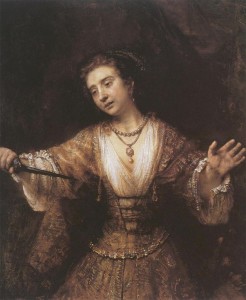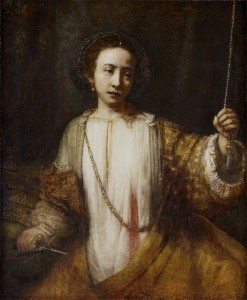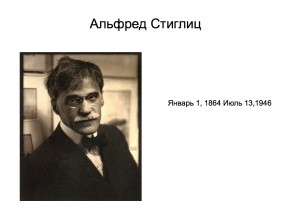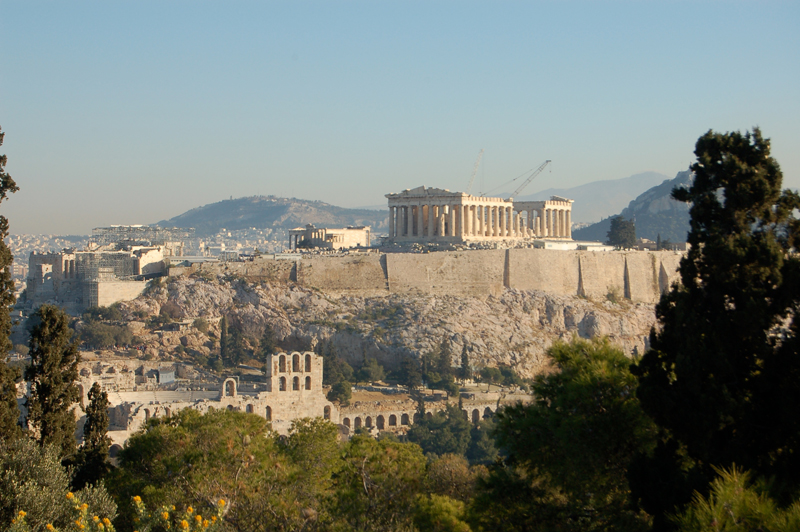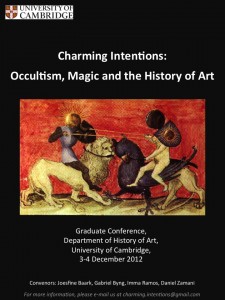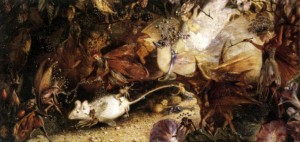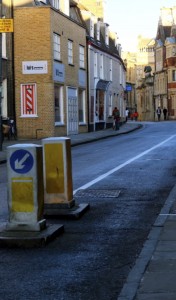Amanda Lesnikowski will be undertaking an internship at the Whitney Museum in New York after her graduation (see previous blog on her senior paper). As she mentions in her blog entry, Amanda also received a research grant from the Luann Dummer Center for Woman last year.
When I declared my major in art history three years ago, I made my decision based on how I felt and not on my plans for the future. I had come to the conclusion that if I was going to spend four years studying one thing, I wanted to enjoy the courses and look forward to even the 8:00AM meeting times. Majoring in Art History is one of the best decisions I have made thus far in my life. It has made me a happier person, and it has helped me mix work and play. As a future Curatorial intern at the Whitney Museum of American Art in New York, I am confident in saying that you can have an enjoyable major and still have a successful future.
One of the high points of my undergraduate work was how I spent the summer 2012, when I traveled to Alabama to meet and interview the quilters of Gee’s Bend. My research, The Freedom Quilting Bee in the 1960s and Today: The Quilters of Gee’s Bend as Artists, Merchants, and Activists, taught me a great deal about myself and about the world of research. It was one of the main reasons Claire Henry, curator at the Whitney, wanted to meet me. I am very thankful that Dr. Heather Shirey guided me through the process of applying for a grant from the Luann Dummer Center for Women for the project, and later helped me to produce something I am proud to share with others.
Being able to add on-site research experience to my resumé has been indispensable and often came up in interviews when I began applying for internships the first semester of my senior year. Many institutions did not post internship possibilities until October, while larger institutions had deadlines as early as the first few weeks in January. I applied to the Museum of Modern Art, the Guggenheim, the Metropolitan Museum of Art, the Whitney, the Frick Collection, and the Minneapolis Institute of Arts. I flew out to New York on two separate occasions for interviews. Because of my future with the Whitney, I will just describe my experience there.
After ranking the Whitney’s departments in order of my preference on the application, I was asked to interview with both the Registration and Catalogue/Documentation departments. This was exciting, but when I got there I was surprised with a third interview in the Curatorial department. I loved all three areas and felt very comfortable with the interviewers. When I first met Claire Henry, she told me that it was my research experience that impressed her. She is working on a catalogue raisonné of Andy Warhol’s original films. The first volume has already been published, but the Whitney is working with MoMA to compile a second publication. I will spend my time traveling with Claire uptown to MoMA and the rest of the time at the Whitney’s offices on Park Avenue South during my internships.
I cannot believe this wonderful opportunity I have been given. I know that my internship with the Whitney is only the beginning. I hope that at the end of my time there, I will find a more permanent place within the museum world.
